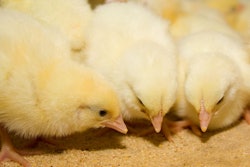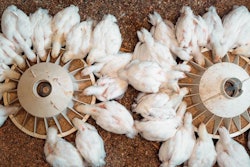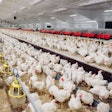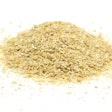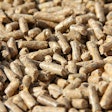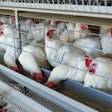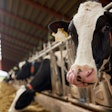
Find out what research has found to be the best practice
As a long-term nutritionist with a passion in young animal nutrition, I am often consulted about the ideal protein profile I use for piglets – a most sensitive matter. Some believe this is a trade secret, but I can assure you that there are as many profiles (opinions) as there are Ph.D. nutritionists (with an interest on such a topic).
I had the good fortune to work on setting the valine-to-lysine ratio for piglets in my Ph.D. thesis and, with my late professor Dr. David H. Baker (who is sorely missed), had the opportunity to discuss this topic for endless hours. So, for the past 20-plus years, I have been using the following ideal protein profile for piglets from about 10 kg and up to 30 kg body weight:
- Lysine 100%
- Methionine 30%
- Methionine + cysteine 60%
- Threonine 65%
- Tryptophan 18%
- Valine 70%
- Isoleucine 55%
Now, I know that there is some limited research pointing to a ratio of methionine plus cysteine to lysine at 58% but, having examined that research, we had concluded that it could not refute the original one that set that ratio to 60%.
As for tryptophan, I am aware that there are numerous voices calling for lower (down to 15%) or much higher (up to 24%) ratios compared with lysine. These refer to specific situations that can be applied a la carte, whereas the 18% is the well-established gold standard.
Regarding valine and isoleucine, our laboratory worked on these numbers first and I firmly believe we did our research right. After all, many researchers worldwide repeated our work and came back with similar numbers, so I have tremendous faith in these figures.
Also, I would like to say that these figures apply to piglets past the immediate post-weaning phase. That is, after they have started consuming feed on a regular pattern. Before that, it is of little importance whether we miss a point here or there as the animals generally don’t eat, and what little they eat goes mostly to maintenance and not growth. Maintenance amino acid requirements are vastly inferior to those presented above that include fast rapid growth.
Finally, I would like to stress out that genetic selection does not alter these ratios as the improvement in growth rates at such young ages is not as dramatic as in broilers. It can be a completely different story for genetic lines of limited feed intake capacity and high lean potential during the finishing phase.


